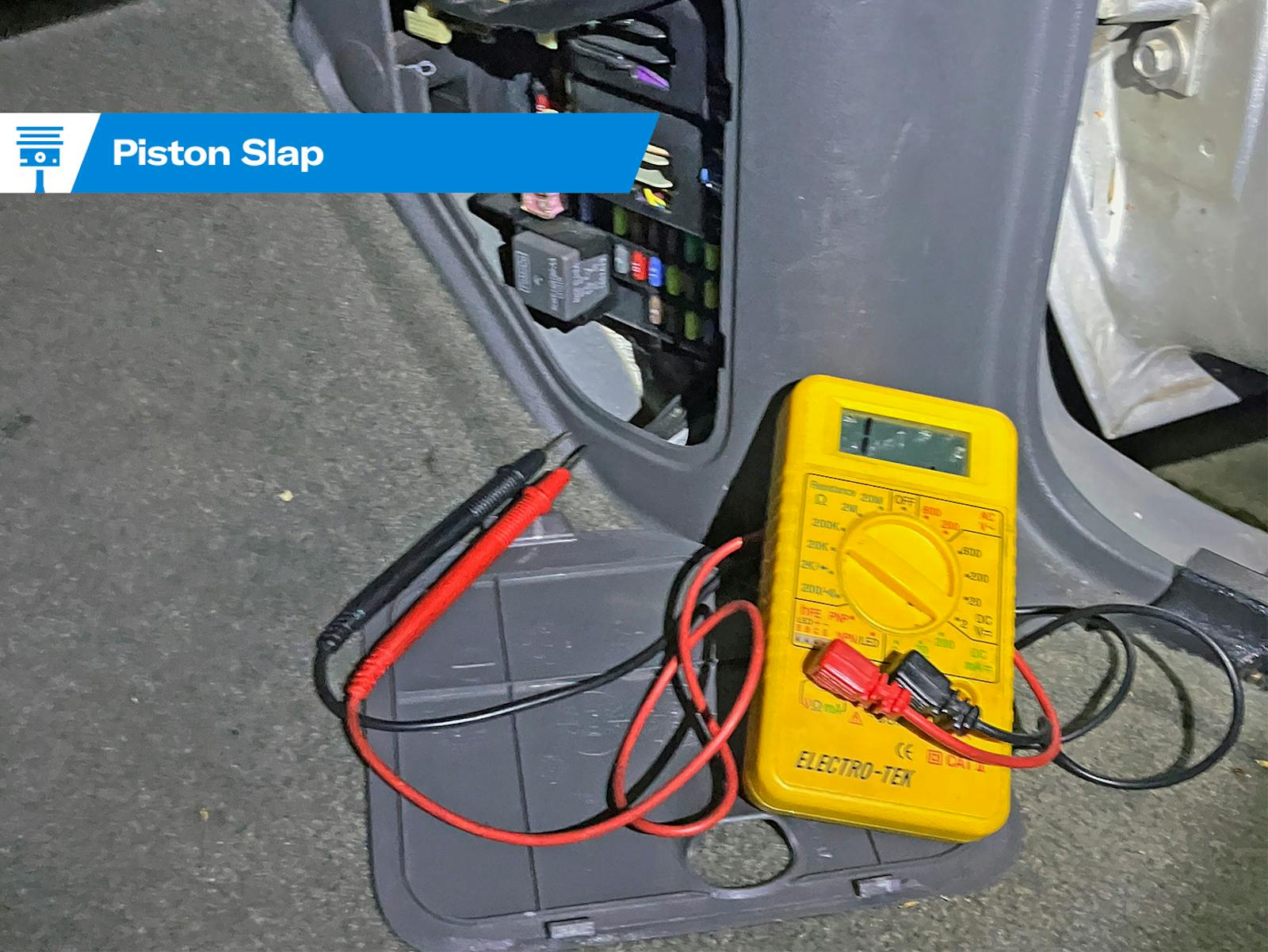Completing The Look
Paint and interior are the two remaining key areas to complete the design concept of your street rod. The colors, fabrics and patterns you choose for each are completely a matter of personal preference. More so than any other type of specialty vehicle, with a street rod, it’s truly “anything goes.”
Think first about the overall style you’ve selected for your rod, and what paint and interior scheme echoes that. Keep in mind that if you choose a trendy color or design, it may date your rod. This may or may not matter to you, depending on how attached you are to the selections you’ve chosen and if you’re planning on selling your rod. Next, you need to decide how much of the work you can do yourself.
Most of the work needed to achieve a fine paint finish goes into the preparation before the first gun of paint is even mixed. And, the darker the color you want to paint the car, the straighter the bodywork needs to be. Basic bodywork can be learned through books, how-to videos and friends. However, finish bodywork that makes a car perfectly straight is a skill that must be honed over time.
Finally, if you’re building a rod with the intention of campaigning it on the highly competitive show circuit, you’ll probably need to hire a master bodyman and painter to make your car perfect. On the other hand, if you’re building a rod to have fun with, take to local shows and National Street Rodding Association, Goodguys Rod & Custom Association or other similar events, you may be comfortable with doing a significant portion or perhaps all of the work yourself.
Final paint is a different story entirely; this is one area where you should seriously consider hiring a professional unless you’ve got some experience. Do-it-yourselfers will need a quality spray gun, compressor and a personal ventilation system. In many states, it’s illegal to spray paint anywhere other than in a professional paint facility due to environmental regulations. Regardless of the possible fines you could face by using your garage as a paint booth, you’ll get a much higher quality finish if your budget includes funds to hire a skilled painter.
The interior needs to coordinate with the exterior paint scheme as well as the overall style of your rod. It’s a smart idea to work out the plans for the upholstery and trim at the same time you plan your rod’s overall look. “Too often rodders wait until they are nearing completion of their car and then they rush the interior because they are so anxious to get it on the road,” says Blaine Roberts owner of Rod Doors.
If you’re going for a high-tech or contemporary look, you may want to add features such as digital gauges as well as power windows and door locks. Don’t let the electronics intimidate you. Dakota Digital’s Scott Johnson says these products can all be easily installed by the first-time rodder. “It’s simply a matter of following the required steps. We find that people who have trouble are those who didn’t follow the installation or calibration instructions carefully,” he explains.
Upholstery is another area where rodders often hire professional help, but it doesn’t need to be. Many manufacturers offer seats that are already upholstered, so all you need to do is design the door panels and install carpet. Or, you can use a system like Rod Doors, which not only sells both covered and uncovered seats, but also offers door panels, arm rests, consoles, headliners, map pockets and more in a variety of fabrics and designs. A professional can install the kit in about one-third of the time it would take him to complete a one-off interior, or the do-it-yourselfer can install it without any sewing. Although a “pre-fab” interior isn’t the right approach for all rodders, it is an affordable solution for someone building a rod as recreation.
Hopefully you’ve had a chance to read this chapter before getting too far into your rod project. While there was only room to cover the broad areas where you need to make decisions, it should give you plenty of avenues to explore and reduce your chances of heading down one road only to find you really need to travel a different direction.
Next month, we will address “Who Should Do the Work,” offering suggestions on how to decide if it should be a do-it-yourself project or if you should go to a professional.

